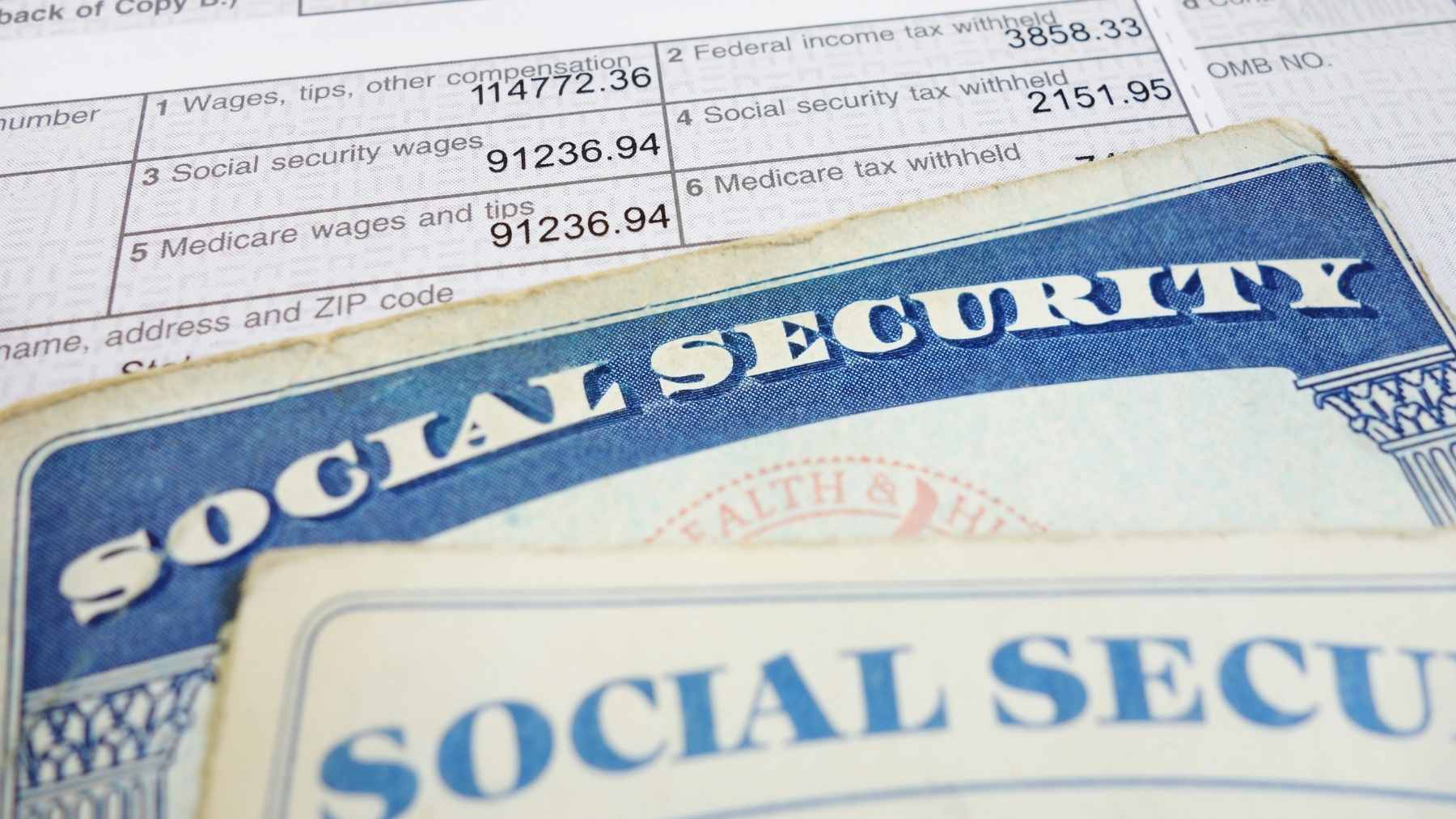A new round of payments from the Social Security Administration (SSA) just dropped for these beneficiaries. SSA payments differ between recipients according to a variety of factors and qualifying criteria. Additionally, the amount you receive in payments is not standard, meaning that your payment amount will be different to other beneficiaries. Check to see the amount you qualify for from the SSA, and how you can qualify to receive the maximum payment amount.
How do payments between SSA beneficiaries differ?
The SSA is responsible for supporting approximately 70 million beneficiaries, with the vast majority receiving retirement benefits from the SSA. However, the SSA also provides payments for beneficiaries who receive benefits from the Supplemental Security Income (SSI) fund as Disability benefits, with some beneficiaries receiving benefits across these funds.
Qualifying and eligibility critiera for benefits differ according to which fund you receive benefits from. To receive retirement benefits, you need to have achieved a relevant number of working credits from the SSA based on your working history and for how long you paid your Social Security taxes. The minimum number of years to achieve these credits translates to ten years of work. Once you qualify to receive the minimum benefits, the amount you are paid out then differs among beneficiaries depending on how long they have paid into their Retirement benefits and when they chose to claim their benefits.
One of the biggest differences between the Retirement benefits, SSI, and Disability benefits is that qualifying for retirement benefits is not contingent on other sources of income you may receive in your retirement, whereas SSI and Disability are. To qualify for either of these funds, there is an income threshold that you are not allowed to exceed. Payment amounts for eligible recipients are then determined according to your income, the number of people in your household, and other determining factors.
New SSA payment just landed of up to $5,108 for this group
According to the Social Security payment schedule, yesterday saw the first round of Retirement benefits distributed to beneficiaries. The SSA staggers its payments to beneficiaries throughout the month, with the third of the month being the payment date for those beneficiaries who claimed their Retirement benefits before May 1997, as well as for beneficiaries who receive both Retirement and SSI benefits.
Of these beneficiaries, some qualify to receive the maximum Social Security payment of $5,108. In order to qualify to receive the maximum benefit amount, the following critiera must be met:
- Beneficiaries must delay claiming their benefits until 70 years old
- Earn above the maximum taxable Social Security threshold for at least 35 years
The average Social Security Retirement recipient receives approximately $2,000 from the SSA. Most seniors do not receive the maximum benefit amount, particularly because many choose to claim their benefits at 62 years old, the minimum age at which you can claim your benefits. The SSA rewards beneficiaries with higher monthly payments if they choose to delay claiming them.
New payment date for these beneficiaries
Generally, the SSA rarely deviates from its set payment schedule in order to ensure that payments are made on time in a predictable manner for recipients. However, the SSA will advance payments if the anticipated payment date is set to fall on a weekend or public holiday.
This month, SSI beneficiaries had their September benefits payment date advanced to August 29, on account of their payment date falling on Labor Day. SSI benefits are usually paid on the first of the month. October benefits will be paid on the first of the month as usual; however, November payments will also be advanced this year as November 1 falls on a weekend. This means that the November SSI benefits will be paid out to beneficiaries on October 31.
Disclaimer: This content is informational only and does not supersede or replace the SSA’s or IRS’s own publications and notices. Always verify any specific dates and amounts by following the direct links in our article to SSA.gov or IRS.gov, or by consulting your local SSA field office or tax professional.












